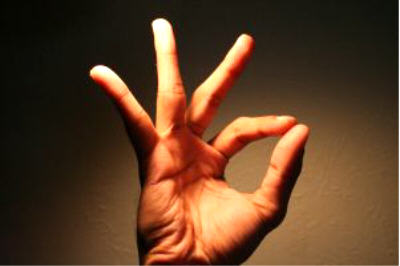 While doing an internet search for an upcoming workshop, I ran across an article by Allison Frankel of Thompson Reuters who reported on a recent courtroom trial that resulted in a $212M verdict for the plaintiff – based largely on hand gestures. You can read about it here, but the gist of the story is that the plaintiff was suing the maker of Botox for its failure to include a warning on its packaging about the damaging effects the medication can have when it migrates past the injection site.
While doing an internet search for an upcoming workshop, I ran across an article by Allison Frankel of Thompson Reuters who reported on a recent courtroom trial that resulted in a $212M verdict for the plaintiff – based largely on hand gestures. You can read about it here, but the gist of the story is that the plaintiff was suing the maker of Botox for its failure to include a warning on its packaging about the damaging effects the medication can have when it migrates past the injection site.
During the trial, the plaintiff’s lawyer kept making a box gesture indicating the “black box” warning that should have been on the packaging. This black box is something that the FDA can order, but not something that a pharmaceutical company can request. Therefore, the defense attorneys kept objecting, but the judge could not see the gestures so he kept over-ruling. The result was a finding for the plaintiff in the amount of $12 million in compensatory damages, and another $200 million in punitive damages. All because of a hand gesture?!
We see this time and time again – though not with this price tag attached. Nonverbal communication matters as much, if not more, than the spoken word. Yet most speakers have two default gestures: bouncing hands and what is known as “dealing cards.” Neither of these gestures will convince a jury to find in favor of your position. That’s why it is so important to videotape yourself so you can see which gestures help you make a positive impression and which ones detract from your otherwise well-reasoned and possibly inspiring message.
Communication researchers sort hand gestures into two categories: natural (or conventional) and descriptive. Natural gestures involve motions that emerge almost unconsciously as we speak. One example might be indicating left or right (as you might do if you were saying “On the one hand…on the other…”). Descriptive gestures are more purposeful, like a thumbs up or thumbs down; or mimicking the driving of a car. These types of gestures hold the most promise for enhancing your overall impact on an audience, and as we have learned from this recent Botox trial, should be a key part of a speaker’s repertoire.
Do I smell a New Year’s Resolution cooking?
– Barbara


